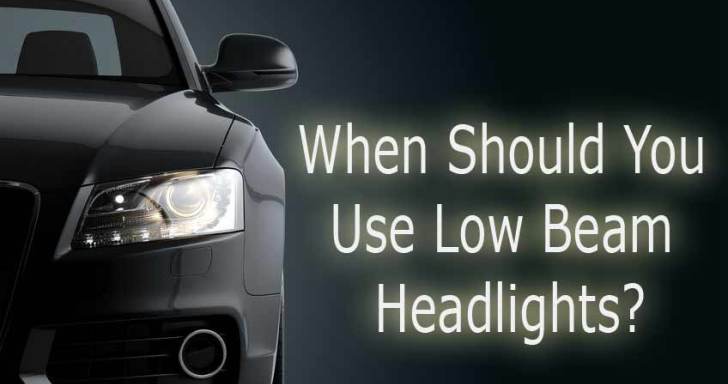What does it mean to stop at a stop sign?
Who has the right of way at an intersection?

The motor vehicle code requires that a driver stop their vehicle completely before proceeding forward. The driver is to stop their vehicle at a clearly marked stop line or, if no stop line is present, before entering a crosswalk on the near side of the intersection or, if no crosswalk is present, then at the point nearest the intersecting roadway where the driver has a clear view of approaching traffic on the intersecting roadway before entering. A driver is required to yield the right-of-way to any vehicle in the intersection or approaching on another roadway so closely as to constitute a hazard during the time when the driver is moving across or within the intersection, or enter the intersection when it is safe to do so.
When two vehicles approach or enter an intersection from different highways at approximately the same time, the driver of the vehicle on the left shall yield the right-of-way to the vehicle on the right.
Can I pass a vehicle that is turning left?
The driver of a vehicle may overtake and pass upon the right of another vehicle under one of the following conditions:
- When the vehicle overtaken is making or about to make a left turn, except that such movement shall not be made by driving off the berm or shoulder of the highway.
- Upon a roadway with unobstructed pavement of sufficient width for two or more lines of vehicles moving lawfully in the direction being traveled by the overtaken vehicle, except that such movement shall not be made by driving off the roadway.
- In any circumstance the passing movement shall be made only when it can be done safely.
When should I have my headlights on?
The driver of a vehicle upon a highway shall display the lighted head lamps and other lamps between sunset and sunrise, any time when the driver cannot discern a person or vehicle upon the highway from a distance of 1,000 feet due to insufficient light or unfavorable atmospheric conditions, including rain, snow, sleet, hail, fog, smoke or smog, and any time when the vehicle’s windshield wipers are in continuous or intermittent use due to precipitation or atmospheric moisture.

Whenever a driver of a vehicle approaches an oncoming vehicle within 500 feet, the driver shall use the low beam of light. Whenever a driver of a vehicle approaches another vehicle from the rear within 300 feet, the driver shall use the low beam of light.